Umbrellas are a quick, easy, and affordable way to produce soft light.
One of the main differences between an umbrella and a softbox though, is their ability to control where that soft light spills. Lets walk through a couple different kinds of umbrellas and what kind of spill you can expect when using each.
There are two main “rules” that come into play when shaping lighting.
- The larger the light : the softer the light.
- The closer the light : the softer the light.
It’s easy to see why a shoot-through umbrella is such an amazing lighting modifier for portrait photography. I travel with an 60-inch reversible umbrella. It quickly takes a small light source like a Nikon speedlight and super sizes it to 60 inches of soft light. Rule 1 covered. A shoot-through umbrella also lets you move your light modifier right up to the edge of your frame getting the light as close as possible. If you did this while using your umbrella in the bounce application, the umbrella shaft itself would be poking your subject in the face before the light source itself got equally close. Rule 2 covered.
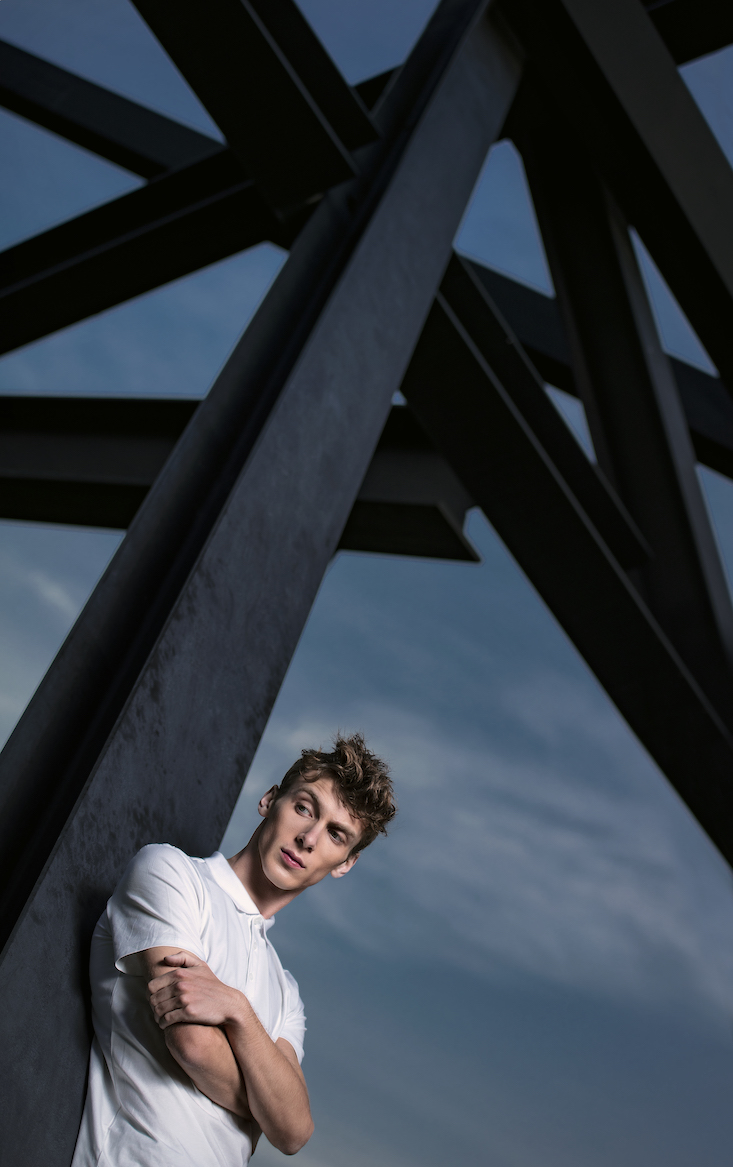
© Ashley Kocinski
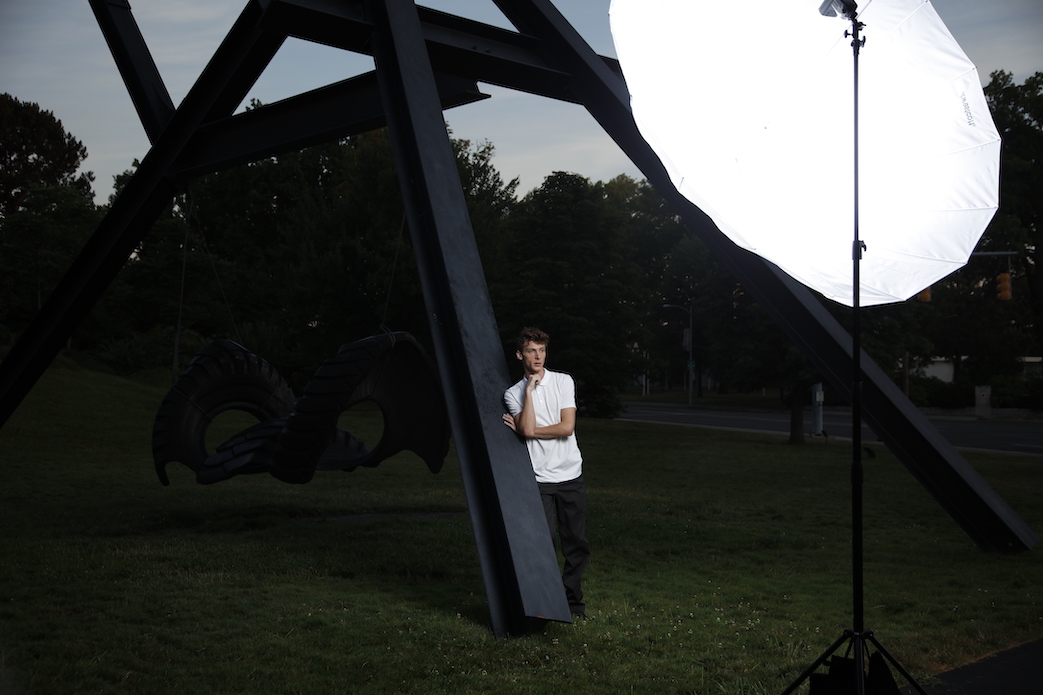
© Ashley Kocinski
At this point we can usually dial in the proper exposure settings, get the shots, and call it a day. There is one downfall of the shoot through umbrella though, and that is it’s overall lack of control. The light on our subject is beautiful but, it acts as a kind of light grenade in the process and from these example photos you see that the light hits our subject but flies every else as well.
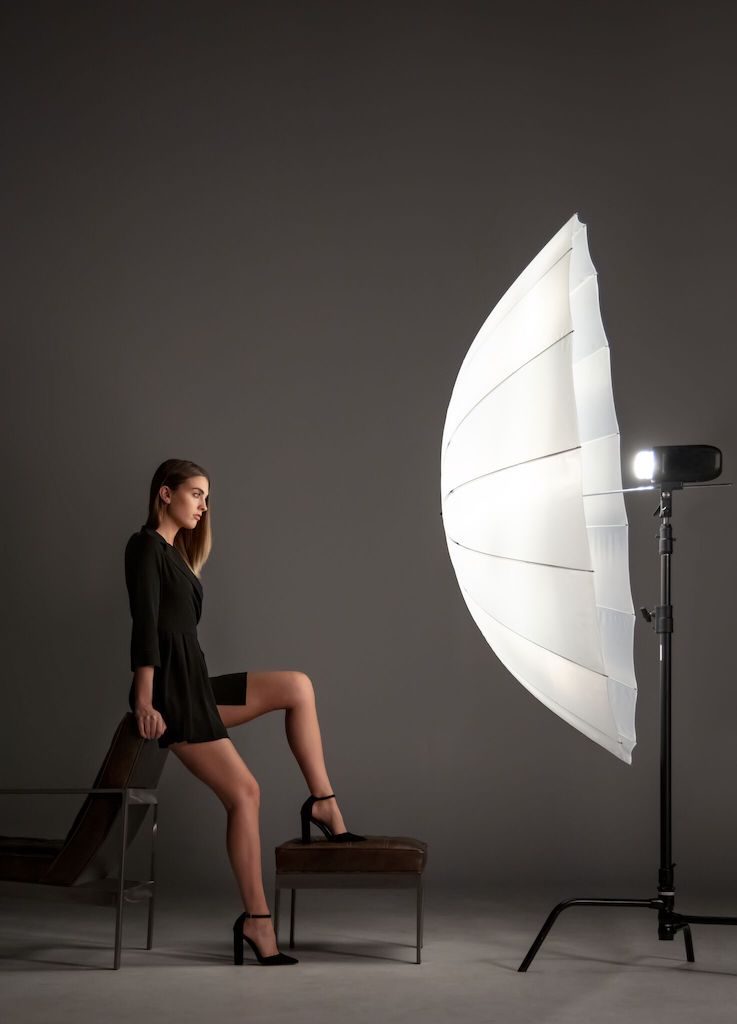
This goes by unnoticed most times when shooting outdoors. When shooting inside it’s a whole different story. Not only does the light shoot through the umbrella, it bounces back, and on top of that it can spill over the edges of the umbrella as well. So when you want a little more control over your light, it’s best to bounce your light!
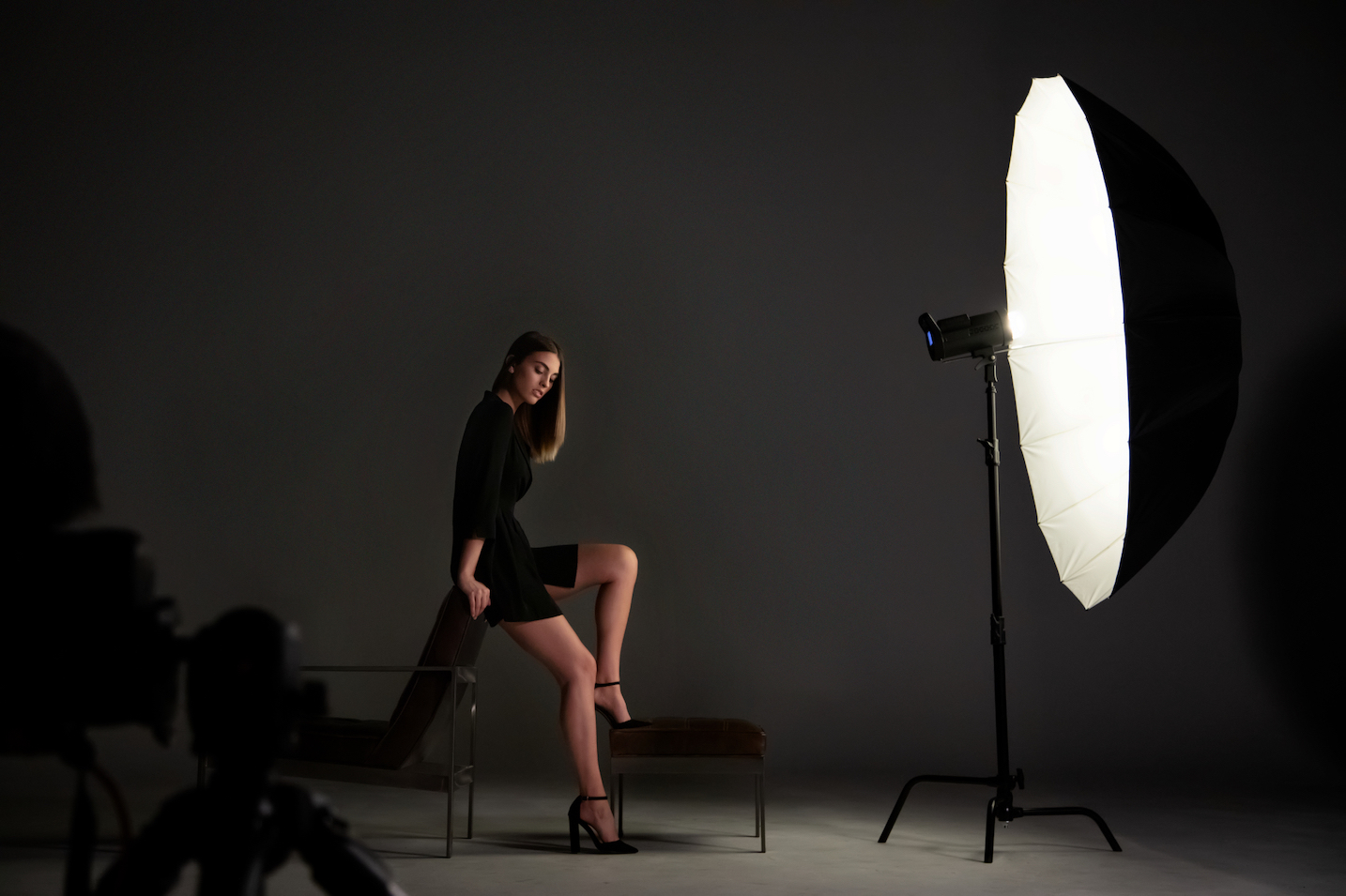
White Bounce Photo Umbrella
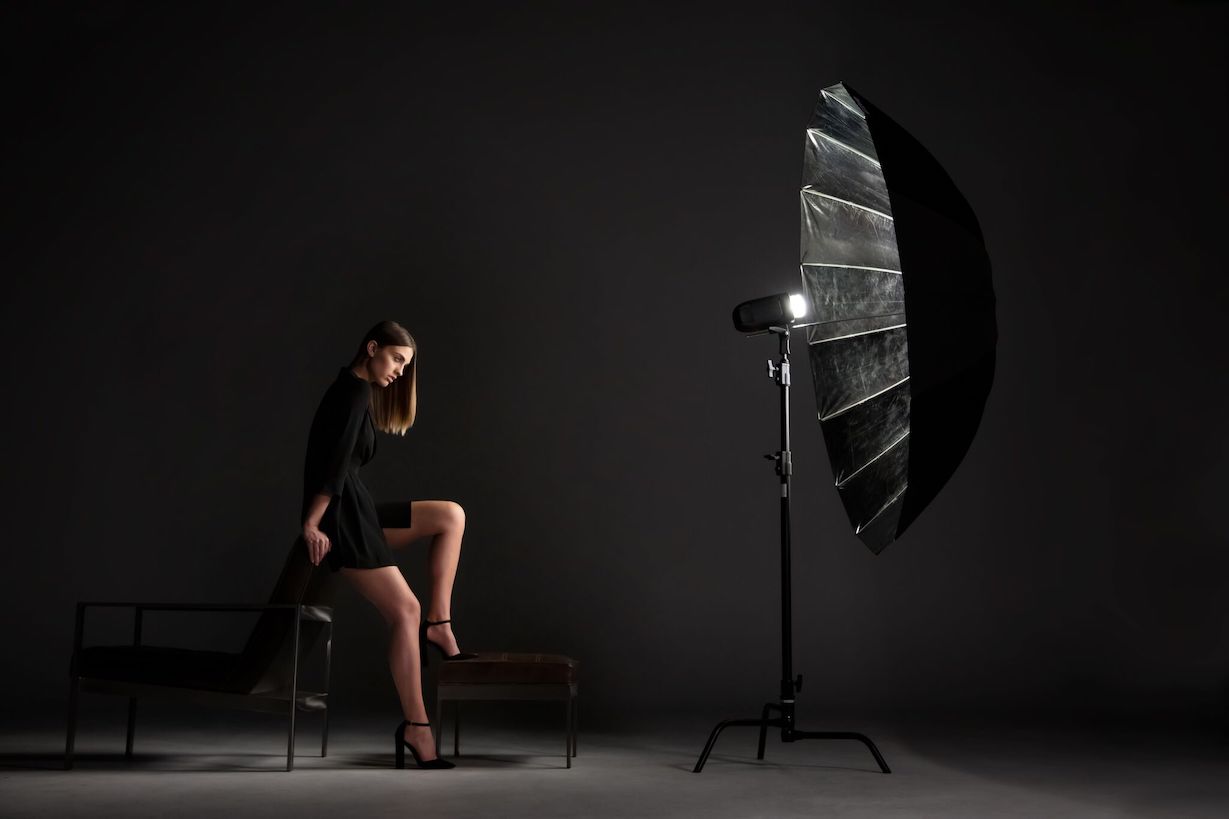
Silver Bounce Photo Umbrella



You must be logged in to post a comment.